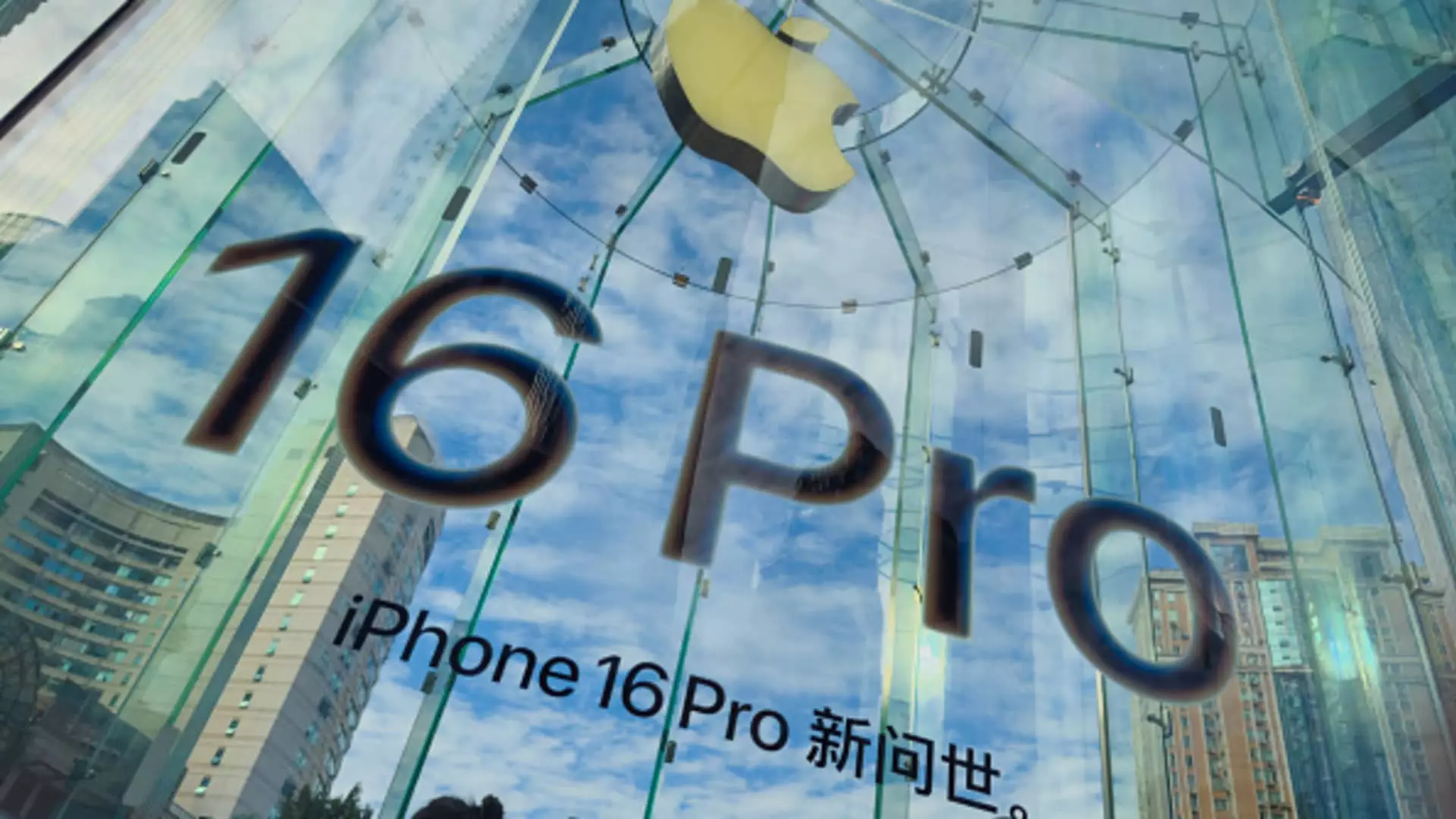In a notable pivot to attract consumers amid fierce competition, Apple has announced discounts on its flagship iPhone models and other products for the approaching Chinese New Year. This decision reflects the tech titan’s need to adapt in a market that has become increasingly dynamic, particularly with the resurgence of rival brands like Huawei.
For the upcoming festivities, Apple is offering substantial price cuts, with discounts reaching up to 500 Chinese yuan (approximately $68.50) on the iPhone 16 Pro and iPhone 16 Pro Max, while the iPhone 16 and iPhone 16 Plus will see reductions of 400 yuan. These offers are a departure from Apple’s traditional retail strategy, which rarely involved direct discounts; instead, discounts were typically funneled through third-party retailers during peak shopping seasons. The inclusion of discounts directly through its own channels signifies a notable change in strategy, as Apple seeks to bolster sales and regain a competitive edge.
This shift is not merely an isolated event; Apple previously introduced similar discount campaigns during the last Chinese New Year and again during the significant 618 shopping festival in May. These patterns indicate a growing realization within Apple of the need to adapt its pricing strategies in response to fluctuating market conditions and increased competition.
The Competitive Landscape
The challenge for Apple becomes more pronounced when considering the latest market data from Canalys, which highlights a 6% year-on-year decrease in Apple’s smartphone shipments within mainland China for the third quarter of 2024. As a result, the company’s market share has dipped to 14%, down from 16% the previous year. This decline coincides with a remarkable resurgence for Huawei, which has experienced a 24% increase in its smartphone shipments during the same timeframe, expanding its market share from 13% to 16%.
Huawei’s comeback has been characterized by innovative product launches, including cutting-edge devices such as a trifold smartphone that showcases its technological prowess. This re-emergence is particularly significant given Huawei’s prior struggles following U.S. sanctions, which heavily impacted its business model and production capabilities. The fact that Huawei has managed to launch competitive devices with advanced chipsets, often assumed to be hindered by these sanctions, adds further pressure on Apple to remain relevant.
As Apple revises its promotional strategies, it must closely examine the evolving preferences of Chinese consumers. The data reveals not only a shifting landscape but also the critical importance of maintaining a competitive edge in price-sensitive markets. The firm’s recent discounts suggest a strategic acknowledgment that to thrive, it must respond proactively to the ambitions of local competitors who are increasingly innovative and aggressive in their marketing approaches.
Apple’s current discounting strategy in China represents a crucial response to the intensified competition posed by brands like Huawei. As the company navigates through these changes, its ability to adapt while retaining brand value will be vital for sustaining its market presence in one of the world’s most important consumer markets.

